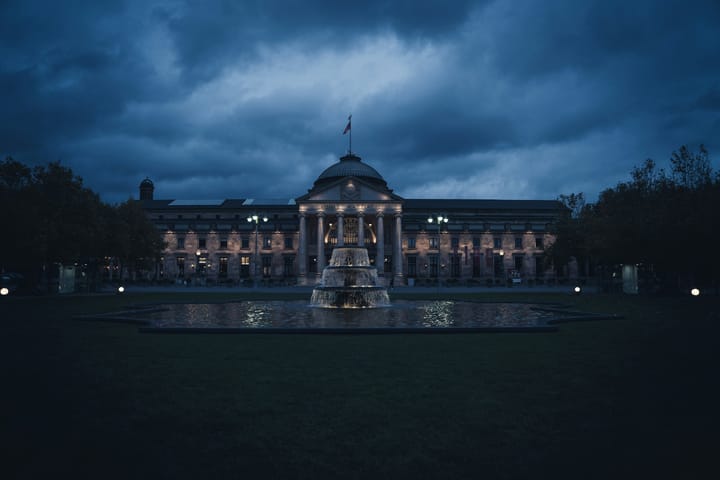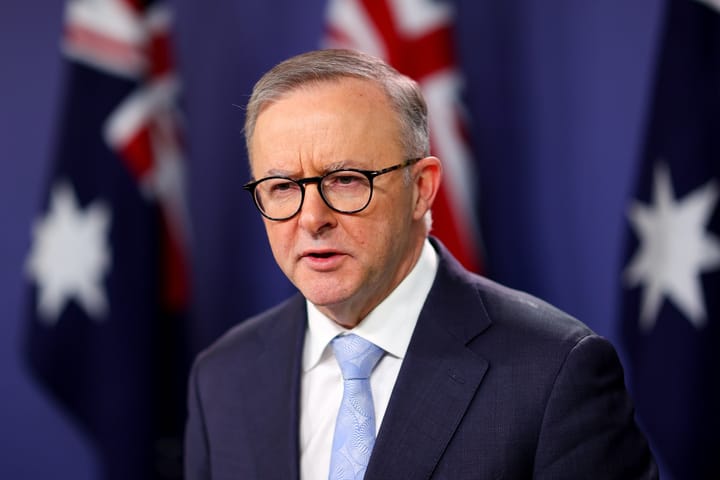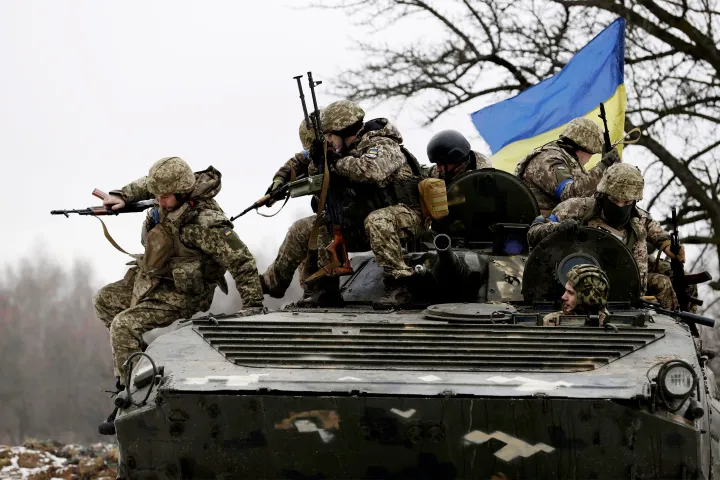Behind the smiling handshakes, America’s new trade doctrine is weaponized chaos.
On the surface, the headlines project optimism. Constructive talks, substantial progress, and markets recovering. Officials shake hands in Geneva and offer language that, at a glance, sounds like diplomacy. But there is no grand compromise behind the doors of Trump's trade agenda—only a recalibration of pressure points. The United States is not moving toward liberalization. It is positioning itself as the global exporter of tariffs.
This shift is not accidental. Stephen Miran, chair of the Council of Economic Advisers, says the quiet part out loud. There's an "optimal" tariff rate—higher than previous administrations dared to consider—that maximizes tax revenue and resets America's terms of trade. His internal models point to figures north of 20%. Peter Navarro is more blunt, calling this the last chance to turn the "Titanic of unfair trade" around. In this worldview, tariffs are not a tool. They are the destination.
Tariffs have historically served as leverage. Under Trump, they are the deal. New trade agreements, like the bilateral pact with the UK, keep core tariffs intact. The message is unmistakable: protectionism is now the baseline. No ally is exempt from the wall of duties.
The internal debate isn't whether tariffs will remain elevated, but how high they'll go. Miran and Navarro are driving the new doctrine. They dismiss supply chain friction, diplomatic fallout, and market turbulence as background noise. Miran waves off dollar instability and recession risk. Navarro mocks mainstream trade economists as academic tourists. Their tone is clear. This is not an experiment. It's a purge of the post-war consensus.
What rattles economists and investors is not only the content, but the incoherence. One day, Trump hails a reset with China. Next, he floats an 80% tariff "just to be sure." In April, tariffs were introduced, suspended, and quietly reimposed. Markets convulsed. Treasuries dropped. The dollar wobbled. Each panic prompted a partial retreat—but never a reversal. The trendline is obvious: tariffs return, broader, higher, rebranded as strength.
Inside the administration, the rift is wide. Bessent at Treasury wants de-escalation. Navarro wants escalation. Elon Musk calls Navarro a moron. Navarro brands Musk a globalist. Laffer pleads for moderation. Miran cites modeling studies. Trump watches the markets, tweets tariffs into being, and claws them back at the first sign of investor panic. There is no unified theory—only volatility.
For now, investors cling to silence as stability. The Geneva meetings were labeled "constructive," but offered no targets, benchmarks, or timelines. Bessent and Greer claimed a Chinese commitment to reduce the U.S. trade deficit. No specifics followed. Meanwhile, U.S. tariffs on Chinese goods remain at 145%. China holds firm at 125%. Nothing has thawed. Nothing has moved.
The White House points to short-term tariff revenue as evidence of success. But that revenue comes from American importers. Costs ripple down the supply chain, raising prices, hitting margins, and distorting production. Manufacturing doesn't surge—it jolts and stalls. Some factories reopen. Others collapse under retaliatory pressure. There is no underlying industrial policy—just chaos packaged as disruption.
In Q1 of 2025, the U.S. economy contracted. Consumer confidence sagged. Bond markets began pricing in a downturn. Roubini sees inflation approaching 4% and a mild recession. Summers says the odds of a serious downturn are rising fast. These are not partisan figures—they are seasoned crisis hands reading the same data the White House refuses to acknowledge.
What's unfolding is more than a trade pivot. It's a shift in the mechanics of presidential authority. Wilbur Ross put it plainly: the first term revealed how vast and unchecked the president's powers over trade really are. With Congress in lockstep and the party silenced, Trump doesn't need consensus. He acts, announces, and reverses. The markets are the only friction he respects.
But even that respect is cracking. Bond vigilantes have returned. Risk premiums are climbing. Confidence is thinning. Trump, hypersensitive to market sentiment, has already flinched once. That hesitation cuts through the rhetoric. Tariffs feed domestic spectacle—but they erode global stability. And markets are running out of patience.
The Geneva talks will be framed as progress. But there is no true reset without dismantling the foundation being laid. The White House has begun using tariffs for everything—trade, diplomacy, drug enforcement, and foreign policy signaling. This sprawl hides the truth: tariffs are no longer a tactic. They have become doctrine.
The cost will arrive in layers: higher prices, lower growth, fractured alliances, a sliding dollar, and declining trust in the U.S. as a reliable economic partner. There is no long-term framework here—only a string of tactical strikes aimed at producing headlines. Eventually, the headlines will run out. And what's left won't be leverage or strength. It will be an inflationary tax levied on a country in decline.
The Index is a reader-supported, indie publication.
Now, more than ever, the world needs an independent press that is unencumbered by commercial conflicts and undue influence.
By taking out an optional founding membership, you can help us build a free, accessible, independent news platform firewalled from corporate interests.



